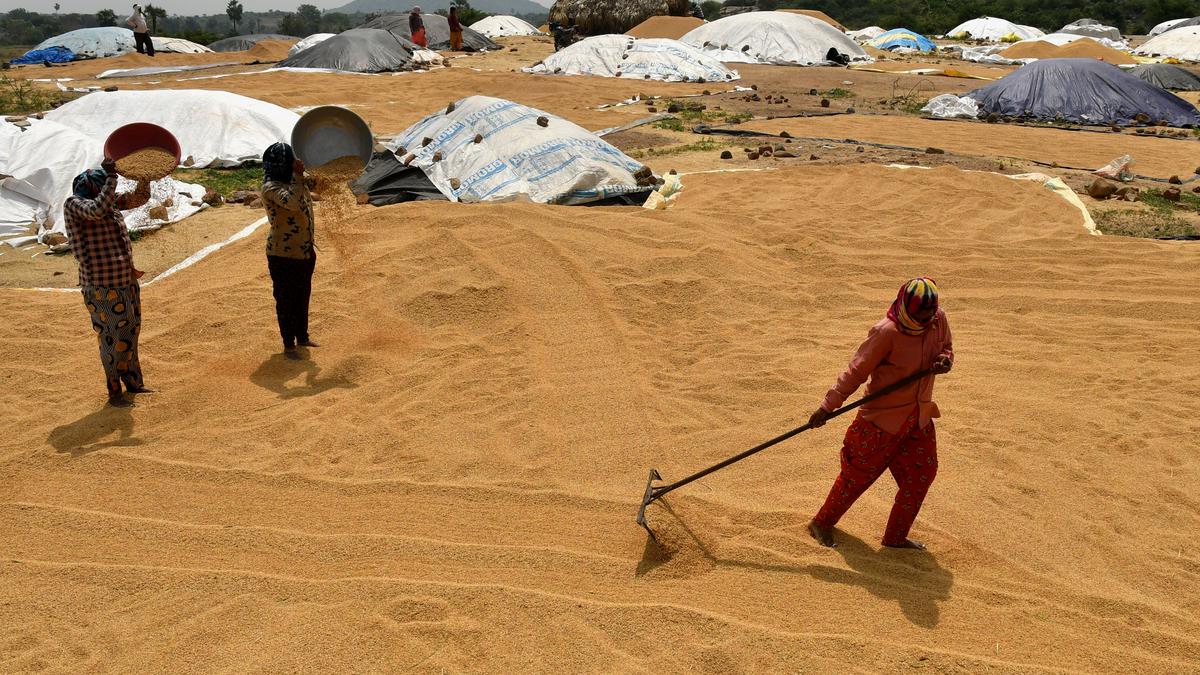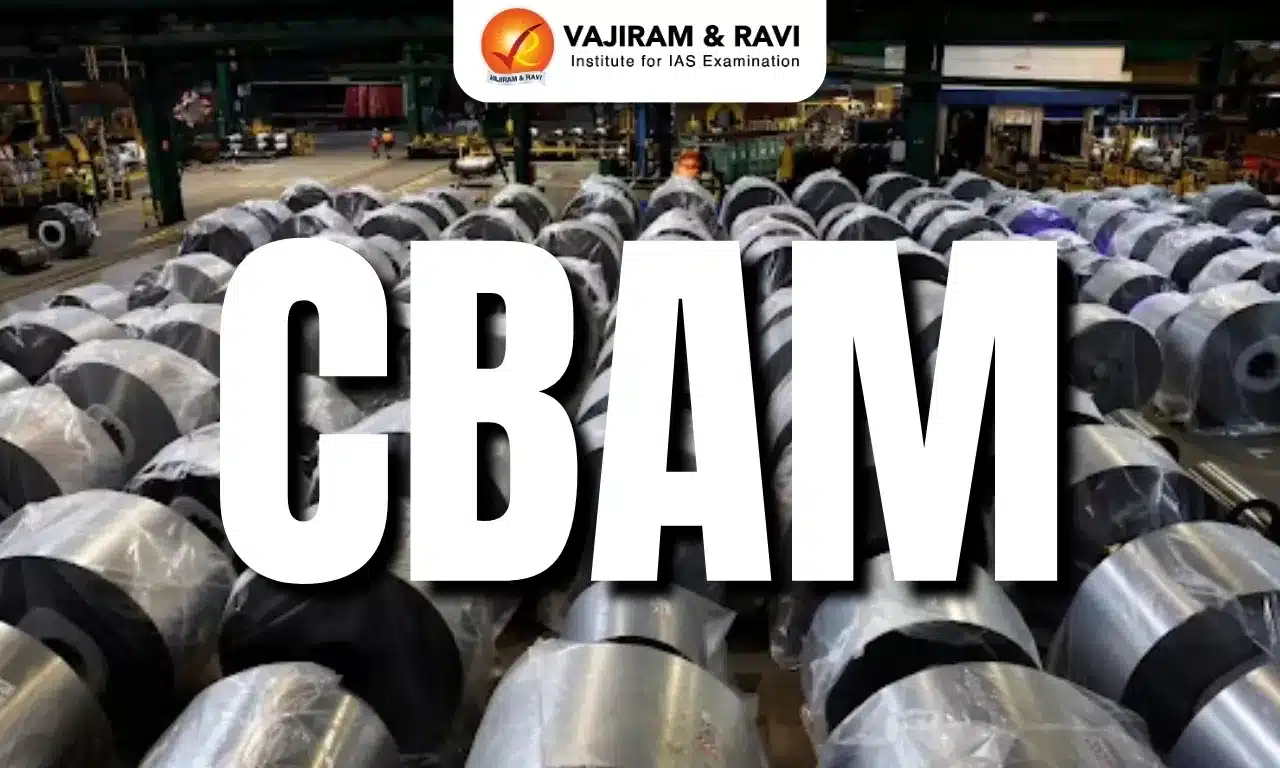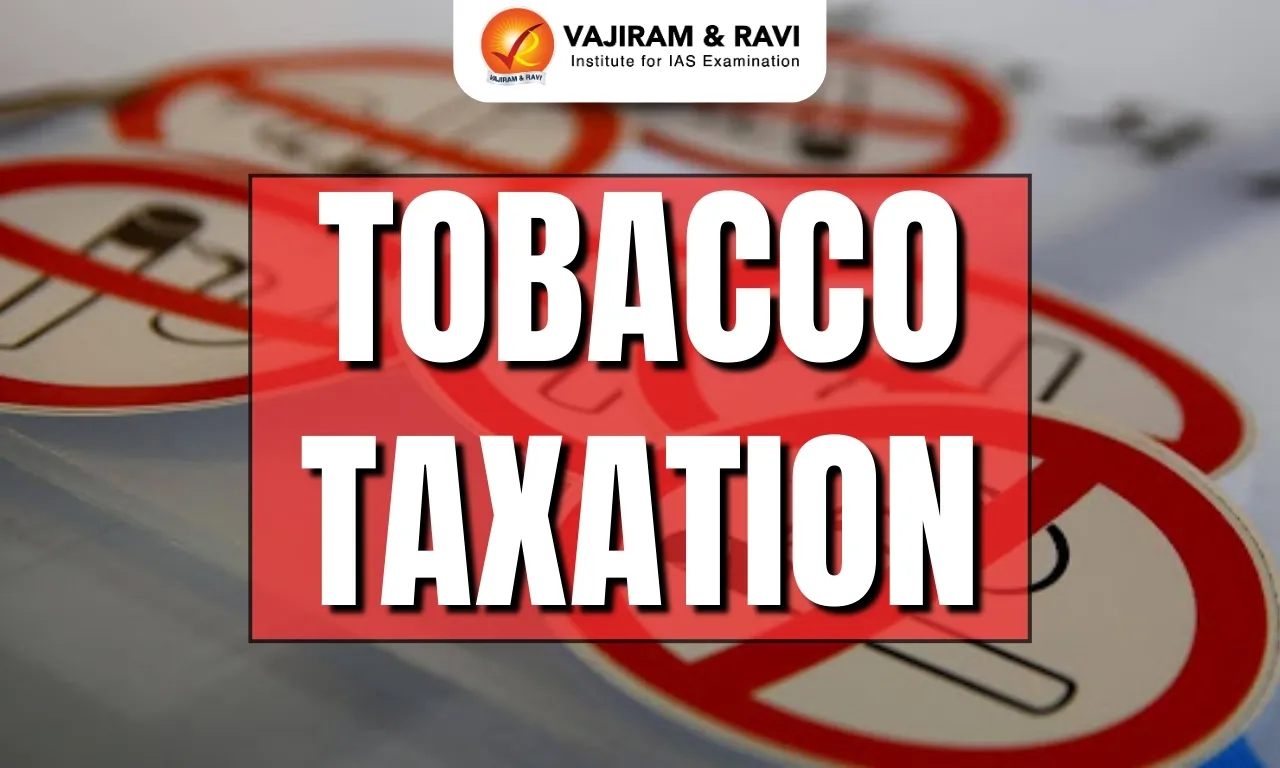What’s in today’s article?
- Background (Context)
- What are the Current Permissible Stock Limits?
- What are the Additional Orders?
- What is the Need for These Orders?
- What About Production?
Background (Context)
- Recently, the Union Government has imposed limits on stock of wheat that can be held by traders, wholesalers, retailers, big chain retailers and processors.
- This has been done in order to manage the “overall food security and to prevent hoarding and unscrupulous speculation”.
- The objective here is to stabilise the price of the essential commodity by steadying supply.
- The Department of Food and Public Distribution stated that there was enough stock of wheat in the country.
·
What are the Current Permissible Stock Limits?
- The permissible stock that traders/wholesalers can hold is 3,000 metric tonnes.
- Retailers and big chain retailers can hold up to 10 metric tonnes at each of their outlets.
- Processors would be able to stock 75% of the annual installed capacity.
- The mentioned entities are expected to declare their stock positions and update them regularly on the Department of Food and Public Distribution’s portal.
- If the stock held by them are higher than the limit, they will have 30 days from the day of issue of notification to bring the same under the prescribed limits.
What are the Additional Orders?
- The government has also decided to offload 15 lakh tonnes of wheat from the central pool via the Open Market Sale Scheme (OMSS) to flour mills, private traders, bulk buyers, manufacturers of wheat products through e-auction.
- The idea is to control retail prices of wheat. They would be sold in lot sizes of 10 to 100 metric tonnes.
- This would be the first tranche, and more could be released depending on the prices and demand.
- About Open Market Sale Scheme (OMSS) –
- Food Corporation of India sells surplus stocks of wheat and rice under Open Market Sale Scheme (Domestic) at pre-determined prices through e-auction in the open market from time to time to enhance the supply of food grains.
What is the Need for These Orders?
- The government issued these orders in the backdrop of rising concerns about the overall wheat output taking a hit after the unseasonal rains and hailstorms towards the end of March and early April alongside hotter temperatures in February.
- Lower production leads to higher prices of the crop.
- This could in turn create conditions for local prices exceeding the government’s purchase prices and thus, bothering the latter’s endeavour to stock up supplies.
- The government had set a target of procuring 341.5 lakh metric tonnes of wheat for the Central Pool in the ongoing Rabi Marketing Season (RMS) 2023-24.
- However, as on June 12, 261.99 lakh metric tonnes of wheat have been procured.
What About Production?
- On Feb 21, the India Meteorological Dept (IMD)’s forecasts held that maximum temperatures were likely to be above normal by 3 to 5 degree Celsius over northwest, central and western India.
- The IMD had assessed the higher day temperatures might lead to “adverse effect” on wheat crops as it approaches its reproductive growth period, which is sensitive to temperature.
- This period was followed by major wheat producers as Punjab, Uttar Pradesh, Madhya Pradesh and Haryana experiencing strong thunderstorms with lightning and gusty winds alongside hailstorms.
- Moreover, over 5 lakh hectare of wheat crop was estimated to have been damaged in Madhya Pradesh, Rajasthan and Uttar Pradesh.
Q1) What is the role of Food Corporation of India?
The Central Government, through Food Corporation of India (FCI), has assumed the responsibility for procurement, storage, transportation and bulk allocation of food grains to the State Governments.
Q2) Which are the largest wheat producing states in India?
The leading wheat-producing states are Uttar Pradesh, Punjab, Madhya Pradesh (MP), Haryana, Rajasthan, Bihar, Gujarat, Maharashtra, West Bengal, Uttarakhand.
Source: Explained | Why did the government impose a ceiling on wheat stocks?
Last updated on January, 2026
→ Check out the latest UPSC Syllabus 2026 here.
→ Join Vajiram & Ravi’s Interview Guidance Programme for expert help to crack your final UPSC stage.
→ UPSC Mains Result 2025 is now out.
→ UPSC Notification 2026 is scheduled to be released on January 14, 2026.
→ UPSC Calendar 2026 is released on 15th May, 2025.
→ UPSC Prelims 2026 will be conducted on 24th May, 2026 & UPSC Mains 2026 will be conducted on 21st August 2026.
→ The UPSC Selection Process is of 3 stages-Prelims, Mains and Interview.
→ UPSC Result 2024 is released with latest UPSC Marksheet 2024. Check Now!
→ UPSC Toppers List 2024 is released now. Shakti Dubey is UPSC AIR 1 2024 Topper.
→ Also check Best IAS Coaching in Delhi

















